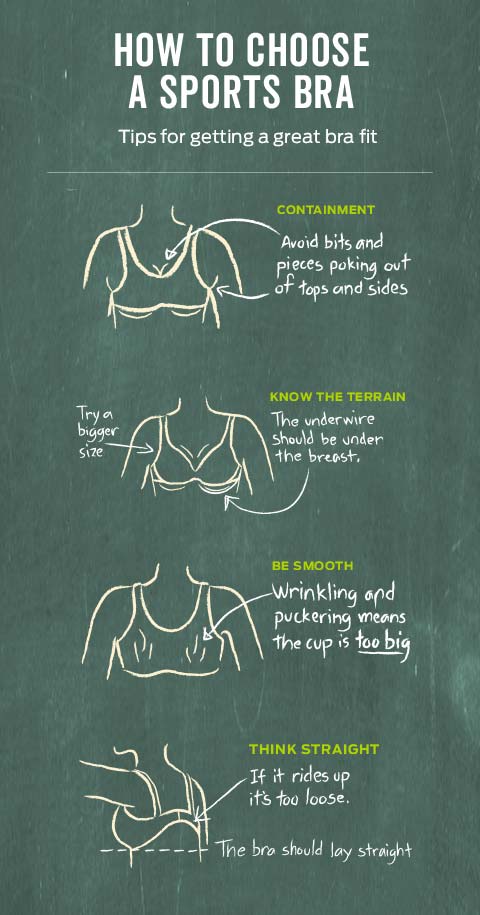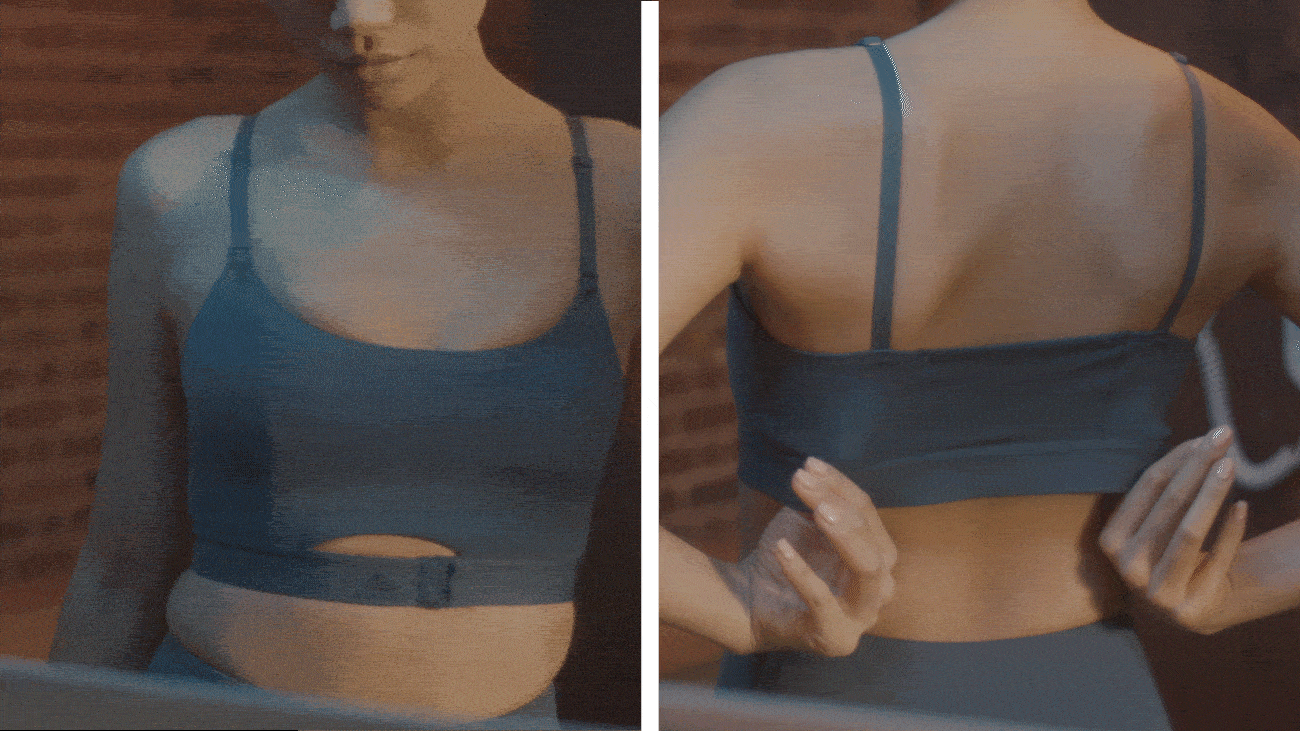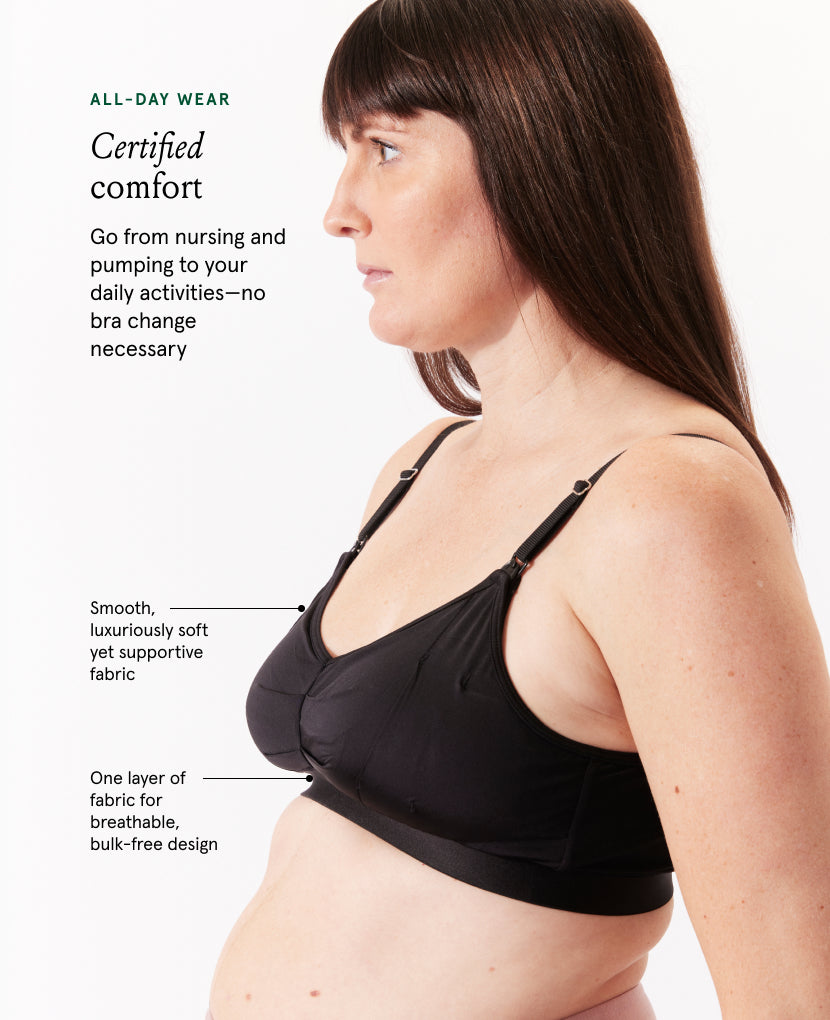Find Your Perfect Fit: The Ultimate Guide to Bras That Feel Amazing
For too long, the experience of wearing a bra has been synonymous with discomfort, a necessary evil rather than a source of support and confidence. This guide exists to dismantle that notion entirely. The journey to finding a bra that feels like a second skin begins with a fundamental shift in perspective: the goal is not merely to wear a bra, but to discover a garment that actively contributes to your well-being. We will move beyond vague notions of “fit” and into the precise, scientific, and empowering world of bras that fit. This is not about enduring; it’s about thriving. The right foundation garment can improve posture, alleviate back pain, and provide a profound sense of comfort that lasts all day. Forget everything you think you know about bra shopping; we are starting from scratch, with your body and your comfort as the only metrics that matter.
The Foundation: Understanding Why Fit is Non-Negotiable
The consequences of an ill-fitting bra extend far beyond a few minutes of daily adjustment. From a biomechanical perspective, the primary function of a bra is to support the weight of the breasts, which are composed of glandular and adipose tissue with limited intrinsic structural support. According to research from the University of Portsmouth’s Research Group in Breast Health, unsupported breast movement during physical activity can lead to stretching of the Cooper’s ligaments—the delicate internal structures that provide natural shape—potentially resulting in permanent ptosis (sagging) over time. A properly fitted bra acts as an external ligament system, distributing weight across the stronger muscles of the back and chest wall. This is the core principle behind bras that fit: they are engineered solutions to a physiological need. Furthermore, the psychological impact is significant. A 2005 study published in the journal “Chiropractic & Osteopathy” found a correlation between poorly fitting bras and reports of back pain, mood disturbances, and reduced participation in physical activity. When your foundation is unstable, everything built upon it feels precarious. A bra that digs, gaps, or rides up is a constant, low-grade source of stress. In contrast, a bra that fits correctly becomes an invisible asset, freeing you to focus on your life without distraction. It’s a tool for empowerment, not a trap of wire and fabric. The quest for the perfect bra is, therefore, an investment in your long-term physical health and daily mental peace.

Decoding the Band: The True Source of Support
If you take away one thing from this guide, let it be this: approximately 80% of a bra’s support comes from the band, not the straps. This is the most common and critical misconception in bra fitting. The band is the cornerstone of bras that fit. It should sit horizontally around your torso, snug against the skin, and parallel to the floor. It should be tight enough to remain stable without your help, but not so tight that it restricts breathing or creates painful bulges of skin. A simple test is to fasten the bra on the loosest hook when new; as the elastic naturally relaxes over time, you can move to the tighter hooks, extending the bra’s lifespan. The band should be level all the way around, not hiking up in the back. If the back of the band is significantly higher than the front, it’s a clear sign the band is too large, forcing the straps to take on more weight than they are designed to handle, leading to shoulder grooves and pain. As bra fitting expert Jene Luciani, author of “The Bra Book,” states, “The band is the workhorse of the bra. If it’s not secure, the entire structure is compromised.” This principle is echoed by major lingerie retailers and fitters worldwide. A correct band size often means going down a band size and up a cup size from what you might be accustomed to—a concept known as “sister sizing.” For instance, if a 36C feels loose in the band, try a 34D. The cup volume is similar, but the support system is fundamentally better. Mastering the band is the first and most crucial step toward liberation from bra discomfort.
The Cup Conundrum: Encapsulation, Not Compression
The cup’s job is to encapsulate the breast tissue fully, not to flatten or squash it. A well-designed cup will create a smooth, rounded silhouette without any spillage (the “double boob” effect) or gaping. When assessing the cup, ensure the center gore—the piece of fabric between the cups—lies flat against your sternum. If it floats away from your body, the cups are too small. Your breasts should be completely enclosed within the cups, with the underwire (if present) tracing the natural inframammary fold (where your breast meets your chest wall) without sitting on any breast tissue. A common fitting error is accepting a cup that seems “close enough,” but precision is key for bras that fit. Different cup shapes are also vital. Breasts are as unique as faces, and bra cups come in a variety of designs: full-cup, balconette, plunge, and demi-cup, each suited to different breast shapes and levels of projection. A woman with fuller-on-top breasts may find a balconette bra ideal, while someone with softer tissue might prefer a full-cup style for more security. The shape of the cup must harmonize with the shape of your breast. This is where professional fittings or detailed self-measurement guides become invaluable. It’s not just about size; it’s about shape compatibility.

The Scientific Measurement: Ditching the Tape Measure Myth
While a soft tape measure is a useful starting point, the numbers it provides are merely a guide, not a definitive answer. The traditional method of measuring under the bust for the band and across the bust for the cup is notoriously unreliable because it doesn’t account for breast shape, torso conformation, or the variations between different bra brands. A more effective approach is to use your current best-fitting bra as a diagnostic tool. Put it on and assess the five key points: the band, the gore, the wires, the cups, and the straps. Ask yourself specific questions: Is the band riding up? Is the gore tacking? Are the wires following my breast root? This observational method, championed by communities like the subreddit r/ABraThatFits, provides a more dynamic and accurate understanding of what your body needs. These communities often use a more complex set of six measurements to calculate size, considering factors like leaning bust measurement to account for projection. The goal is to find a starting point for trying on bras, which is the only true way to determine fit. As the saying goes in the world of lingerie, “You wear the bra, not the size on the tag.” Do not be wedded to a letter or a number; be committed to the feeling of perfect support. The journey to finding bras that fit is iterative, not instantaneous. It requires patience and a willingness to experiment.
Straps, Wires, and Fabric: The Supporting Cast
While the band and cups are the stars, the other components play essential roles. The straps should provide only about 20% of the support. They should be adjusted to be snug but not tight; you should be able to slide one or two fingers comfortably underneath. If the straps are digging into your shoulders, it is almost always a sign that the band is too loose, transferring the load upwards. Wide, padded straps can help distribute weight more comfortably, especially for those with larger busts. Underwires, when correctly fitted, are not the enemy. They are designed to provide structure and separation, enhancing the bra’s supportive function. The wire should encase all of your breast tissue on the sides without poking the armpits or breastbone. If you feel poking or pinching, it’s a sign of a shape or size mismatch, not an inherent flaw of underwires. Finally, the fabric matters. Seamless molded cups offer a smooth look under tight clothing but may not provide as precise a fit as seamed cups, which allow for more intricate shaping. Materials like moisture-wicking fabrics are excellent for activewear, while soft, breathable cotton is ideal for everyday wear. Understanding these nuances allows you to make informed choices for different occasions and needs, moving you closer to a wardrobe of bras that fit perfectly for every purpose.

Your Action Plan: From Knowledge to Wardrobe
Now that you understand the principles, it’s time to put them into practice. Begin by clearing out your lingerie drawer. Be ruthless. If a bra doesn’t meet the criteria we’ve discussed—if the band rides up, the gore floats, or the cups gap—it’s not serving you. This purge creates space for garments that truly support you. Next, set a budget. High-quality bras that fit are an investment, but they need not break the bank. Look for sales from reputable brands known for their consistent sizing and quality construction. Many specialty boutiques and online retailers offer professional fitting services, either in-person or via virtual consultations, which can be incredibly helpful. When trying on bras, always do the “scoop and swoop”: lean forward, pull each breast gently into the cup from the side to ensure all tissue is centered, and then fasten the bra. This ensures you are judging the fit on a fully positioned breast. Try on several sizes around your estimated size—for example, if you think you’re a 34F, try a 32FF and a 34E as well. Move around in the fitting room. Raise your arms, bend over, twist your torso. A bra should feel secure and comfortable in motion, not just when you’re standing still. This process is your new standard for acquiring any bra.

The pursuit of the perfect bra is a journey of self-knowledge and refined preference. It is a declaration that your comfort is paramount. By applying this objective, scientific framework to a deeply personal experience, you reclaim control. You move from being a passive consumer to an informed expert on your own body. The feeling of putting on a bra that fits flawlessly—one where you are unaware of its presence throughout the day—is transformative. It is the feeling of being perfectly supported, ready to face whatever the day brings with confidence and ease. This is the ultimate goal: a wardrobe foundation built entirely on bras that fit, empowering you to move through your world with unparalleled comfort and poise.






